Home>Furniture>Outdoor Furniture>What Is The Difference Between A Lanai And A Patio
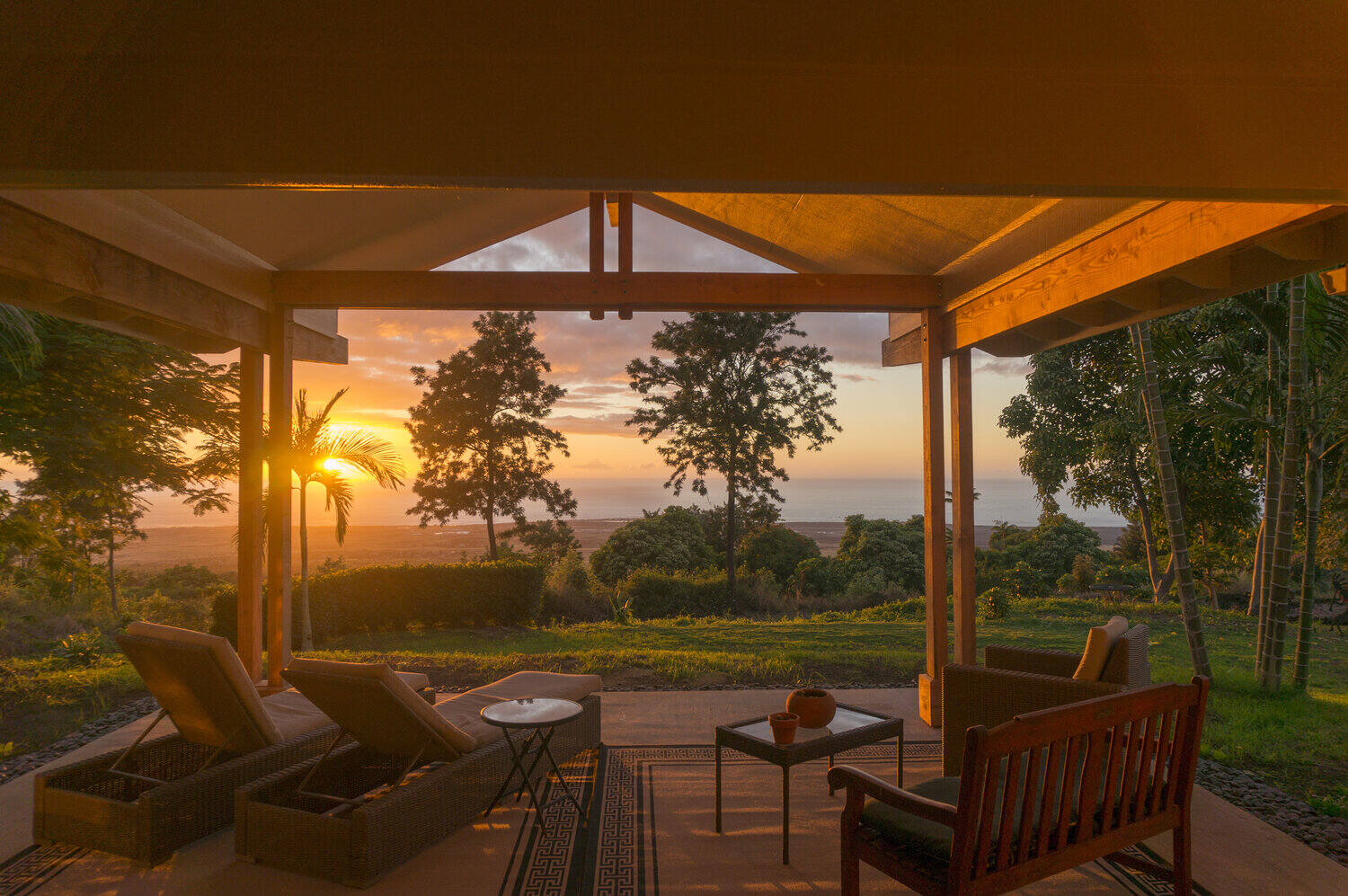

Outdoor Furniture
What Is The Difference Between A Lanai And A Patio
Modified: October 20, 2024
Discover the key distinctions between a lanai and a patio. Explore the perfect outdoor furniture options for each space.
(Many of the links in this article redirect to a specific reviewed product. Your purchase of these products through affiliate links helps to generate commission for Storables.com, at no extra cost. Learn more)
Introduction
Welcome to the world of outdoor living spaces, where you can relax, entertain, and make the most of your outdoor environment. When it comes to creating the perfect outdoor oasis, two terms often come up: lanai and patio. But what exactly do these terms mean and what is the difference between them? In this article, we will explore the definitions, characteristics, and functions of lanais and patios to help you understand their similarities and differences.
Imagine a beautiful summer day, where you can bask in the warm sun, surrounded by nature. Lanais and patios both provide a designated area for you to enjoy the outdoors, but they have distinct features that set them apart. Understanding these features will help you choose the best option for your outdoor space.
Whether you’re a homeowner looking to upgrade your outdoor living area or a designer seeking to create an inviting space for your clients, this article will serve as your comprehensive guide to lanais and patios.
Key Takeaways:
- Lanais are like cozy outdoor rooms attached to the house, offering shelter and privacy, while patios are open-air spaces that connect you with nature. Both need maintenance, but lanais cost more upfront.
- Lanais provide a year-round outdoor retreat, while patios offer a budget-friendly way to enjoy the outdoors. Consider your needs, budget, and desire for privacy when choosing between the two.
Definition of a Lanai
A lanai is a term often used to describe an outdoor living space that is covered by a roof and enclosed on one or more sides by walls, screens, or glass panels. It is a versatile space that can be used as an extension of your home, offering protection from the elements while still allowing you to enjoy the outdoors.
Lanais originated in the tropical regions of Hawaii, where the term “lanai” means a spacious veranda or porch. Over time, the concept of a lanai has expanded beyond Hawaii and is now commonly used to refer to covered outdoor spaces with various designs and features.
One of the defining characteristics of a lanai is its enclosure. It can be fully enclosed with walls and windows, providing a more private and climate-controlled environment. Alternatively, it can be partially enclosed with screens, allowing fresh air to circulate while keeping insects and debris out.
Lanais are typically attached to the main structure of the house, creating a seamless transition between indoor and outdoor living spaces. They can be accessed directly from the interior of the house, often through sliding glass doors or French doors.
These outdoor living spaces are designed to provide comfort and relaxation, and they can be furnished with comfortable seating, dining sets, outdoor kitchens, and other amenities. Lanais are perfect for hosting gatherings, enjoying meals with family and friends, or simply unwinding and enjoying the scenery.
Overall, a lanai offers a protected outdoor space that blends the benefits of indoor and outdoor living. It provides a flexible area to enjoy the outdoors while offering shelter from the elements, making it a popular choice for homeowners seeking to enhance their outdoor living experience.
Definition of a Patio
A patio is an outdoor space that is typically paved and situated directly on the ground, adjacent to a house or building. Unlike a lanai, a patio is typically open to the elements and does not have a roof or enclosure. It is an extension of the indoor living space, designed for outdoor leisure and activities.
Patios have been a popular feature in residential and commercial properties for many years, offering a versatile and functional space for outdoor gatherings, dining, and relaxation. They can be made of various materials such as concrete, brick, stone, or pavers, giving homeowners the flexibility to choose a design that suits their style and budget.
The lack of enclosure in a patio means that it is fully exposed to the elements, allowing you to fully experience the outdoor environment. This openness provides a sense of freedom and connection with nature. However, it also means that patios may be subject to weather conditions such as rain, wind, and direct sunlight, which can impact their use and maintenance.
While lanais are usually attached to the house, patios can be located anywhere on the property, depending on the desired layout and design. Some patios may be positioned in the backyard, while others may be situated in the front yard, creating a welcoming outdoor space for both residents and guests.
Patios offer great flexibility in terms of design and functionality. They can be designed to accommodate various outdoor activities such as grilling, gardening, lounging, or even installing a fire pit or outdoor kitchen. Patios can also be decorated with outdoor furniture, planters, and other decorative elements to create a visually appealing outdoor space.
Overall, a patio is a versatile outdoor living space that provides a seamless transition from indoor to outdoor living. It offers an open-air area for relaxation, entertainment, and enjoying the natural surroundings, making it a popular choice for homeowners who want to maximize their outdoor living experience.
Location and Position
When it comes to the location and position of lanais and patios, there are some notable differences to consider. The location of these outdoor living spaces can have a significant impact on their functionality, accessibility, and overall appeal.
Lanais are typically attached to the main structure of a house, often located at the back or side of the property. This positioning allows for easy access to the interior of the house, creating a seamless flow between indoor and outdoor spaces. It also provides a sense of privacy, as lanais are often enclosed or partially enclosed.
On the other hand, patios can be located anywhere on the property, depending on the design and layout of the space. They can be positioned in the backyard, front yard, or even as rooftop patios. The versatility of patios allows homeowners to choose the location that best suits their needs and preferences.
When considering the position of a lanai or patio, it’s important to take into account factors such as sun exposure, wind direction, and privacy. The orientation of the outdoor space can impact its usability throughout the day and in different weather conditions.
Lanais, being enclosed or partially enclosed, may provide more shade and protection from direct sunlight. This can be beneficial in hot climates where excessive sun exposure can be uncomfortable. It also allows for more control over the amount of natural light entering the space, providing a comfortable environment for relaxation or entertainment.
Patios, being open to the elements, are more exposed to direct sunlight. This can be advantageous for those who enjoy basking in the sun or growing sun-loving plants. However, it may be necessary to incorporate shaded areas or install shade structures to make the patio more comfortable during hot summer days.
Furthermore, the position of a lanai or patio can affect the level of privacy and views. Lanais, with their enclosure, offer a higher degree of privacy and can provide a secluded outdoor space. Patios, being more open, may require additional privacy measures such as fencing, landscaping, or the use of outdoor curtains or screens.
Ultimately, the location and position of a lanai or patio will depend on the layout of the property, the desired functionality, and the specific needs and preferences of the homeowner. Regardless of their placement, both lanais and patios offer opportunities to create inviting and functional outdoor living spaces.
Structure and Design
When it comes to the structure and design of lanais and patios, there are key differences that can influence their overall aesthetic appeal and functionality. Understanding these distinctions can help you make informed decisions when planning and creating your outdoor living space.
Lanais are characterized by their roofing and enclosure, which sets them apart from open-air patios. The structure of a lanai typically includes a solid roof that provides shelter from rain and sun. The enclosure can consist of walls, screens, or glass panels, which offer protection from insects and debris while still allowing for natural ventilation.
Lanais can vary in size and shape, depending on the available space and the desired function. Some lanais may be small and intimate, serving as a cozy outdoor lounge area, while others can be expansive and designed for entertaining guests or hosting events. The structure of a lanai is often integrated with the design of the house, maintaining consistency and architectural coherence.
On the other hand, patios are designed to be open and free-flowing spaces. They do not have a roof or enclosure, allowing for an uninterrupted view of the sky and surroundings. The design of a patio can be as simple as a paved area adjacent to the house or can incorporate more elaborate features such as pergolas, awnings, or canopies to provide partial shade and add visual interest.
Patios come in various shapes and sizes, offering flexibility in terms of design possibilities. They can be square, rectangular, circular, or irregular in shape, depending on the available space and the desired aesthetic. The materials used for a patio’s surface can also vary, including concrete, brick, stone, or pavers, allowing for different colors, textures, and patterns.
When designing both lanais and patios, it’s important to consider the overall style and architecture of the house or property. Opting for a design that complements the existing structures can create a cohesive and visually appealing outdoor living space.
Additionally, both lanais and patios can be enhanced with various features and elements to elevate their design. This can include outdoor furniture, such as comfortable seating, dining sets, or loungers, as well as decorative elements like planters, lighting fixtures, and water features. The possibilities are endless when it comes to adding personal touches and creating a space that reflects your style and preferences.
Whether you prefer the enclosed and roofed structure of a lanai or the open-air and versatile design of a patio, both options offer opportunities to create inviting and functional outdoor living areas that seamlessly blend with the surrounding environment.
A lanai is a covered outdoor space with a roof and sometimes screens, while a patio is an uncovered outdoor space typically made of concrete or stone. Consider the weather and privacy when choosing between the two for your outdoor living space.
Materials Used
The choice of materials used in the construction of lanais and patios can greatly impact their durability, aesthetics, and maintenance requirements. Different materials offer distinct advantages and characteristics, allowing homeowners to tailor their outdoor living spaces to their preferences and budget.
For lanais, the materials used for the roofing and enclosure play a crucial role in creating a cohesive and functional space. The roof can be constructed with materials such as shingles, metal, or polycarbonate panels, providing protection from the sun, rain, and other weather elements. The enclosure can be made of various options, including walls made of brick, stone, or wood, screens made of fiberglass or aluminum, or even glass panels. The choice of materials for the enclosure will depend on factors such as privacy needs, desired views, and the overall aesthetic of the space.
Patios, being open-air spaces, also offer a wide range of material options for the surface. Concrete is a popular choice for its durability, versatility, and affordability. It can be plain or stamped to mimic the appearance of other materials like stone or brick. Brick and stone pavers are also common choices, providing a more natural and textured look. These materials can be laid in different patterns, such as herringbone or basket weave, to add visual interest to the patio surface. Some homeowners opt for gravel or decomposed granite for a more rustic or casual feel. Each material has its own unique characteristics, requiring different levels of maintenance and cleaning.
When it comes to the furniture and accessories for both lanais and patios, the material choices are vast. Outdoor furniture is typically constructed from materials that can withstand exposure to the elements, such as aluminum, wrought iron, teak, or outdoor-grade wicker. These materials are resistant to moisture, mildew, and fading. Cushions and fabrics used for outdoor furniture should be treated to be water-resistant and UV-protected to ensure their longevity.
Other accessories, such as lighting fixtures, planters, and decorative elements, can be made from materials like stainless steel, copper, or durable plastics. These materials are chosen for their resistance to rust, corrosion, and fading, ensuring that they can withstand the outdoor environment.
It’s important to consider the maintenance requirements of the chosen materials when planning a lanai or patio. Some materials may require regular cleaning, sealing, or refinishing to maintain their appearance and durability. Additionally, the climate and geographical location can also impact the performance and longevity of certain materials.
Ultimately, the materials used for lanais and patios should be selected based on factors such as budget, desired aesthetics, durability, and maintenance preferences. By choosing the right materials, you can ensure that your outdoor living space is both functional and visually appealing.
Purpose and Function
Lanais and patios both serve as outdoor living spaces, but they have distinct purposes and functions that can influence how they are used and enjoyed. Understanding their different roles will help you determine which option is best suited for your specific needs and preferences.
Lanais are commonly used as extensions of the indoor living space, offering a seamless transition from the interior to the exterior. They provide a sheltered and enclosed area where you can relax, entertain guests, or simply enjoy the outdoors in a comfortable and controlled environment.
Due to their enclosure, lanais offer protection from the elements. They shield you from direct sunlight, rain, and wind, allowing you to use the space regardless of the weather. This makes lanais particularly appealing in regions with unpredictable climates or during seasons when outdoor activities may be limited.
With their roof and enclosure, lanais facilitate a variety of activities. They can be furnished with comfortable seating, allowing you to create an outdoor lounge or conversation area. Lanais can also accommodate dining sets, outdoor kitchens, and even home entertainment systems, making them perfect for hosting gatherings and events.
Additionally, the enclosed nature of lanais provides an opportunity for year-round use. You can enjoy your lanai even during colder seasons by using portable heaters or installing permanent heating systems. This flexibility allows you to maximize the functionality of your outdoor space and extend your leisure activities throughout the year.
On the other hand, patios offer an open-air and versatile space for a wide range of activities. Patios are ideal for those who enjoy the natural surroundings and want a more direct connection to the outdoor environment. They provide the freedom to enjoy the sun, fresh air, and the beauty of the surrounding landscape.
Patios are often used for casual relaxation and entertaining. They can be furnished with outdoor seating options like lounge chairs or sofas, perfect for lounging and soaking up the sun. Patios also offer a convenient space for outdoor dining, allowing you to enjoy meals al fresco with family and friends.
Due to their open nature, patios can be easily customized and adapted to suit specific needs and preferences. They can accommodate various outdoor activities, such as gardening, yoga, or even setting up a play area for children. Patios can also serve as a blank canvas for creative expression, allowing you to incorporate decorative elements like planters, sculptures, or art installations.
While lanais provide a more controlled and enclosed environment, patios offer a sense of freedom and openness. They are particularly well-suited for those who enjoy the natural elements and want a space that feels more connected to nature.
Ultimately, whether you choose a lanai or a patio, the purpose and function of the outdoor space will depend on your individual preferences, climate, and intended use. Both options offer unique opportunities to create inviting and functional outdoor living areas that enhance your overall lifestyle.
Privacy and Security
Privacy and security are important considerations when designing and using outdoor living spaces such as lanais and patios. These factors can greatly impact your comfort, enjoyment, and peace of mind while using these areas. Let’s explore how lanais and patios differ in terms of privacy and security.
Lanais, with their enclosure and potential for walls, screens, or glass panels, offer a higher level of privacy compared to patios. The enclosure creates a barrier that limits the view from outside, ensuring that you can enjoy your outdoor space without worrying about prying eyes. This makes lanais particularly appealing for those seeking a more secluded and intimate environment.
The level of privacy in a lanai can be further enhanced through additional measures such as the use of outdoor curtains or blinds, which allow you to control the level of visibility and natural light entering the space. Some homeowners also opt for landscaping elements like tall shrubs or trees to create natural barriers and enhance privacy.
Security is another aspect to consider when it comes to outdoor living spaces. Lanais, with their enclosed structure, offer a higher level of security compared to open-air patios. The walls, screens, or glass panels act as a deterrent to unauthorized access, making it more difficult for intruders to enter the space.
Depending on the level of security required, lanais can be equipped with additional measures such as security cameras, motion sensors, or alarm systems to provide added protection. This is particularly beneficial for homeowners who value peace of mind and want to ensure the safety of their outdoor space.
In contrast, patios, being open-air spaces, offer less privacy and may be more vulnerable to potential security risks. However, there are steps that can be taken to enhance privacy and security on a patio. This can include the use of privacy screens, fencing, or vegetation to create a sense of seclusion and limit visibility from the surrounding areas.
To improve security on a patio, it is recommended to enhance lighting in the area, especially during the evening or nighttime hours. Well-placed outdoor lighting can not only deter intruders but also provide a safer and more comfortable environment for you and your guests.
While patios may offer less privacy and security compared to lanais, some homeowners embrace the open and airy nature of patios, enjoying the feeling of being more connected to the outdoor surroundings. The choice between a lanai and a patio in terms of privacy and security will ultimately depend on personal preferences and needs.
It’s important to consider your specific requirements for privacy and security when planning and designing your outdoor living space. Whether you prioritize seclusion and tranquility or embrace the openness and connection with the surrounding environment, there are options available to ensure that your lanai or patio provides the level of privacy and security that you desire.
Cost and Maintenance
Cost and maintenance are important factors to consider when deciding between a lanai and a patio for your outdoor living space. Both options come with their own associated costs and maintenance requirements. Let’s explore these aspects to help you make an informed decision.
The cost of a lanai can vary depending on factors such as size, materials used, and the complexity of the enclosure. Lanais often require professional construction and installation, which can add to the overall cost. The roof and enclosure materials, such as glass panels or high-quality screens, may also contribute to the expense. Additionally, if electrical wiring or plumbing is needed for amenities like outdoor kitchens or entertainment systems, the cost can further increase.
In contrast, patios generally tend to be more cost-effective compared to lanais. The materials used for the patio surface, such as concrete, brick, or stone, are typically less expensive than the materials required for lanai construction. However, the overall cost of a patio can still vary depending on the chosen materials, the size of the space, and any additional features or amenities incorporated.
In terms of maintenance, both lanais and patios require regular upkeep to ensure their functionality, appearance, and longevity. Lanais with enclosed structures may require more maintenance due to the additional components involved. The roof may require periodic inspections and maintenance to address any potential leaks or damage. The enclosure materials, such as screens or glass panels, may need to be cleaned periodically to remove dirt, dust, or debris. Regular cleaning of the lanai floor and furniture is also recommended to keep the space in optimal condition.
Patios, being open-air spaces, tend to have less maintenance requirements compared to lanais. The main maintenance tasks for patios generally involve regular cleaning and repairs of the surface materials. Sweeping or pressure washing the patio surface can help remove dirt, leaves, or stains. Depending on the material used, sealing or resealing may be required periodically to maintain its durability and appearance. Additionally, furniture and accessories used on patios may need to be cleaned, protected, and stored during harsh weather conditions.
It’s important to note that the maintenance requirements for both lanais and patios can vary depending on your specific climate, exposure to elements, and the quality of materials used. Proper care and preventive measures can go a long way in extending the lifespan and maintaining the beauty of your outdoor space.
When considering cost and maintenance, it’s essential to weigh the upfront costs, ongoing maintenance, and potential long-term savings. While lanais may have a higher upfront cost and more maintenance requirements, they offer the advantage of year-round use and additional protection from the elements. Patios, on the other hand, may require less upfront investment and maintenance, but they may be more exposed to weather conditions.
Ultimately, your decision should be based on your budget, personal preferences, and the intended use of the outdoor space. By carefully considering cost and maintenance factors, you can choose the option that best fits your needs and provides a long-lasting and enjoyable outdoor living space.
Conclusion
In conclusion, when it comes to creating your ideal outdoor living space, choosing between a lanai and a patio requires careful consideration of various factors. Both options offer distinct features and benefits that can enhance your outdoor experience. Understanding the differences in terms of definition, location, structure, materials, privacy, security, cost, and maintenance can help you make an informed decision.
A lanai provides a covered and enclosed outdoor living space that seamlessly extends your indoor space. It offers shelter, privacy, and the ability to enjoy the outdoors year-round, making it an excellent choice for those seeking a more controlled environment. Lanais provide a higher level of security and can be customized with various amenities and furnishings to create a comfortable and inviting space for relaxation or entertainment.
Alternatively, a patio offers an open-air and versatile design that allows for a direct connection with nature. Patios offer a more budget-friendly option and can be easily customized to suit your desired style and needs. While they may lack the enclosure and added privacy of a lanai, patios offer a sense of freedom, versatility, and a greater appreciation of the surrounding environment.
Both lanais and patios require maintenance to ensure their functionality and aesthetic appeal. Lanais require regular cleaning, inspections, and potential repairs, while patios may need periodic surface cleaning and maintenance of the materials used. The cost associated with lanai construction and materials is typically higher than that of patios, but the long-term benefits and added features may outweigh the initial investment.
Ultimately, your choice between a lanai and a patio will depend on your individual preferences, budget, and intended use of the outdoor space. Consider factors such as your climate, desired level of privacy, security requirements, and the connections you seek with nature. With proper planning and design, both lanais and patios can provide enjoyable spaces to relax, entertain, and make the most of outdoor living.
Whichever option you choose, be sure to optimize your outdoor living space with comfortable furniture, attractive decor, and elements that reflect your personal style. By creating an inviting and functional outdoor environment, you can elevate your lifestyle and create lasting memories with family and friends.
Frequently Asked Questions about What Is The Difference Between A Lanai And A Patio
Was this page helpful?
At Storables.com, we guarantee accurate and reliable information. Our content, validated by Expert Board Contributors, is crafted following stringent Editorial Policies. We're committed to providing you with well-researched, expert-backed insights for all your informational needs.
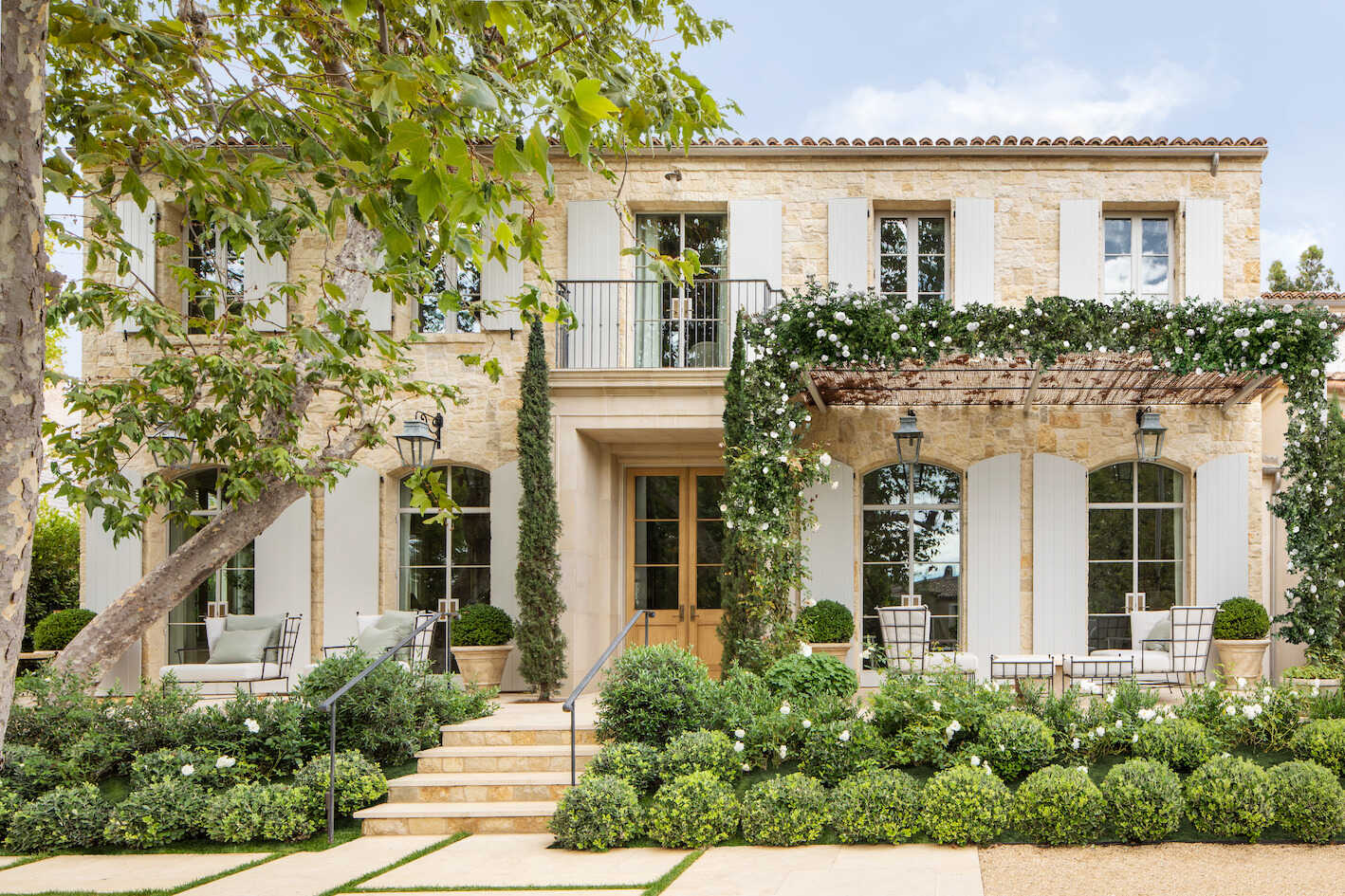
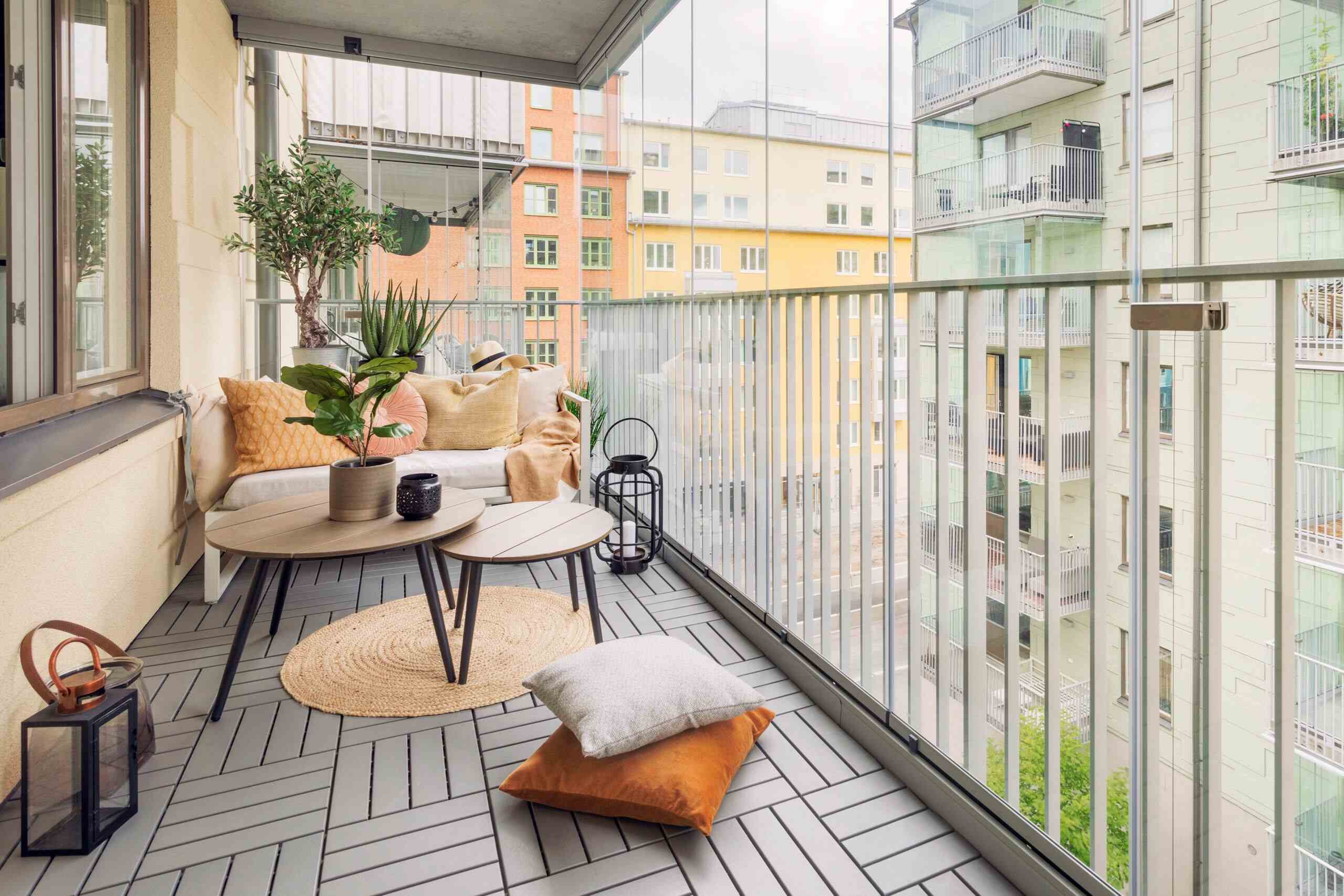
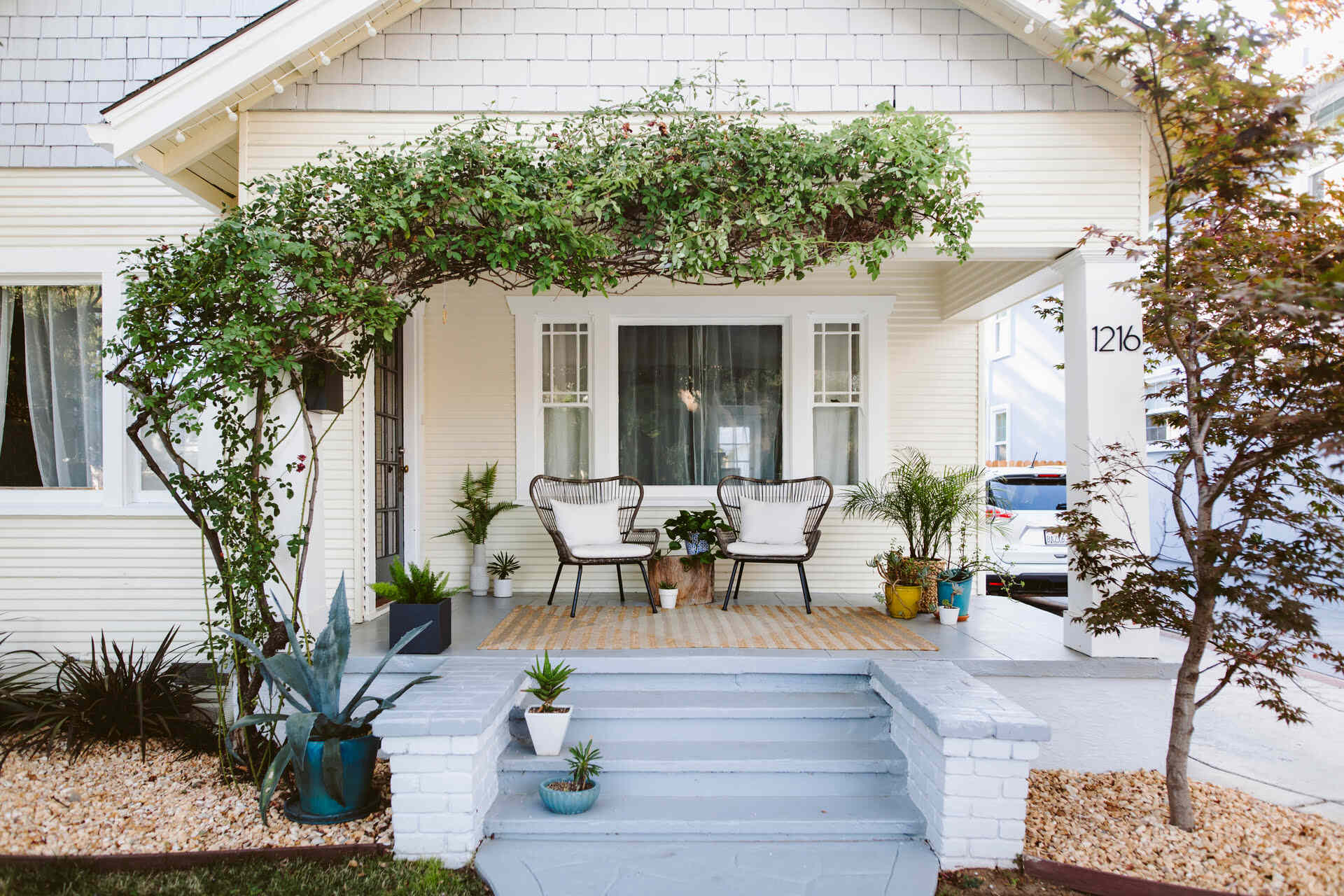
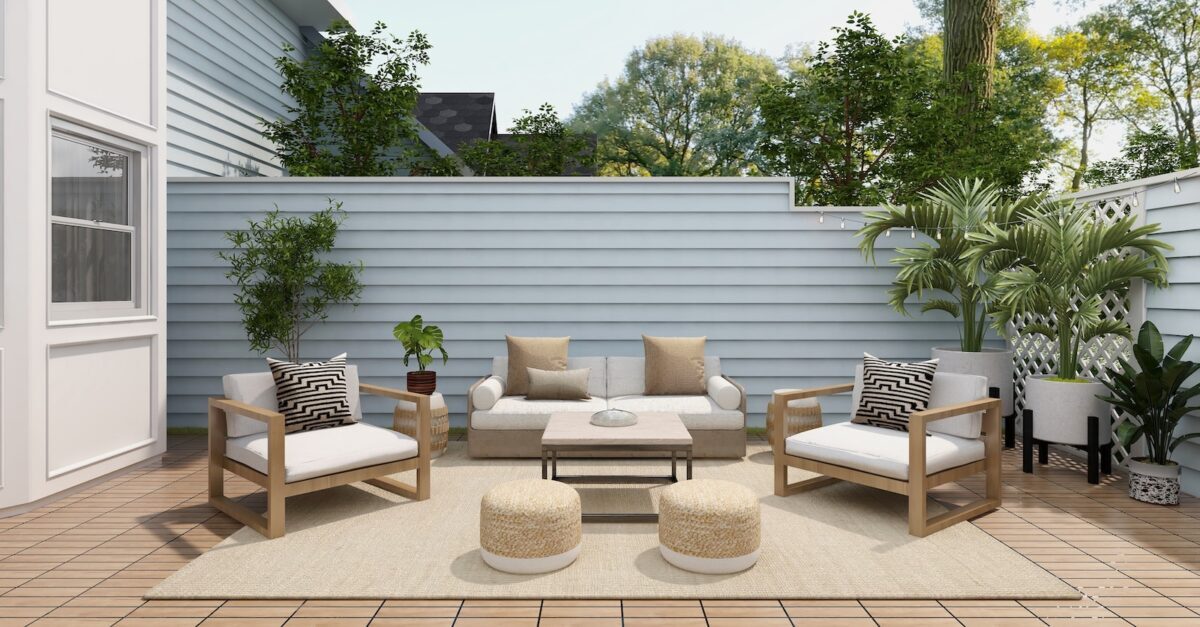
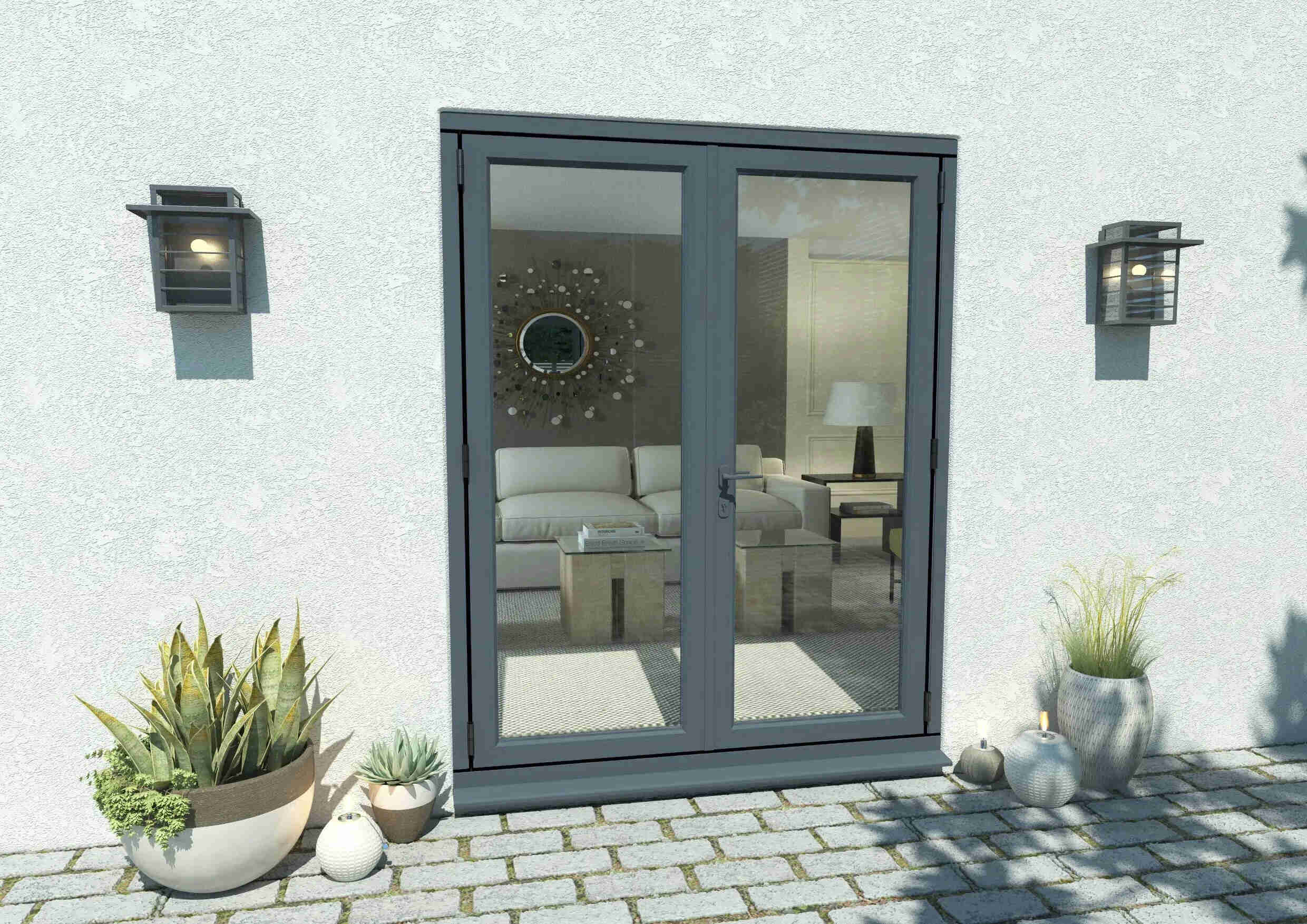




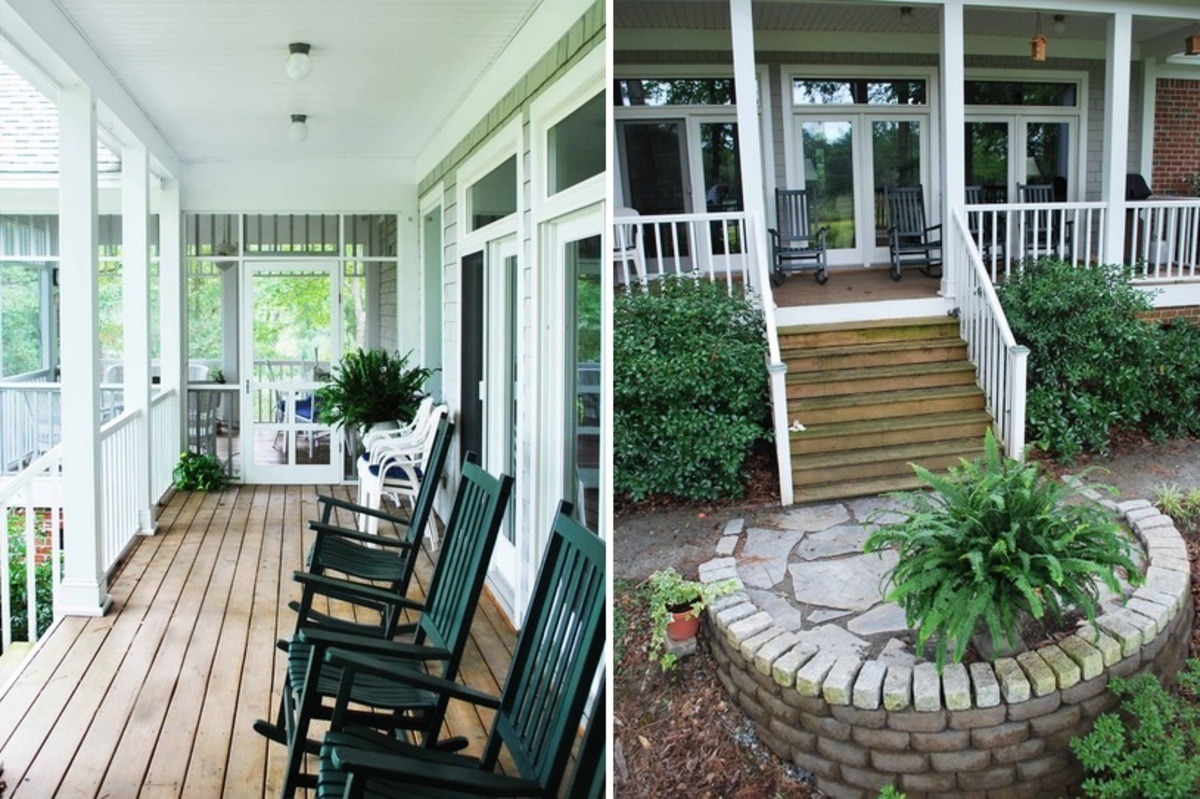
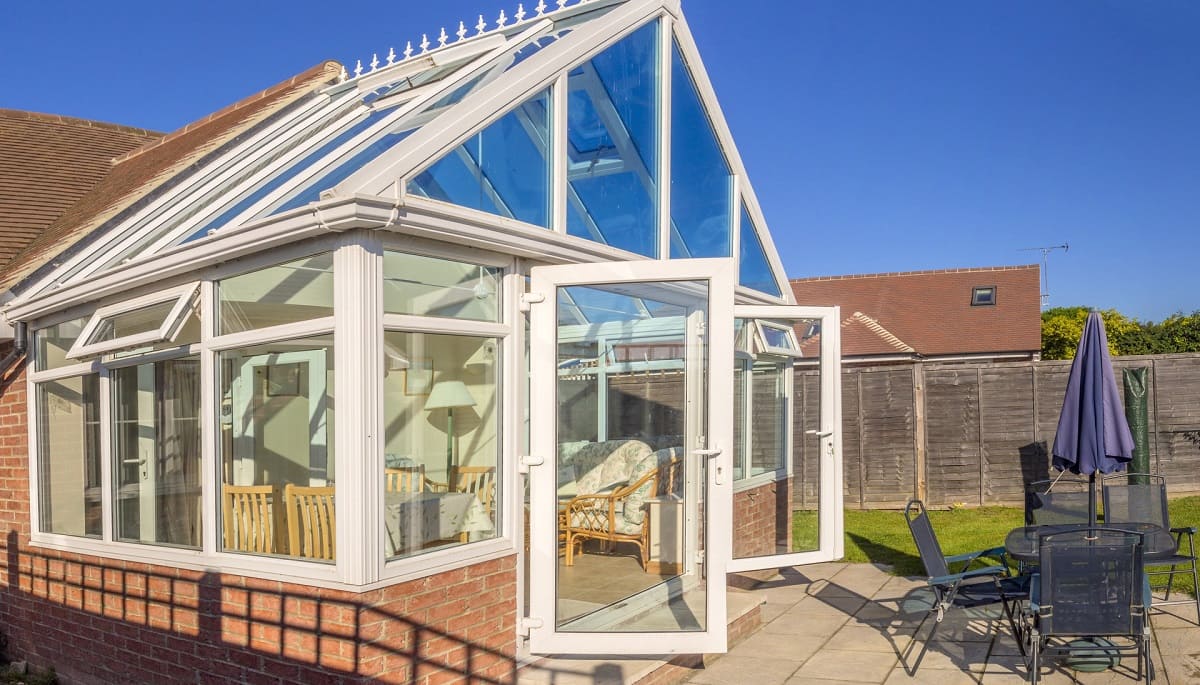
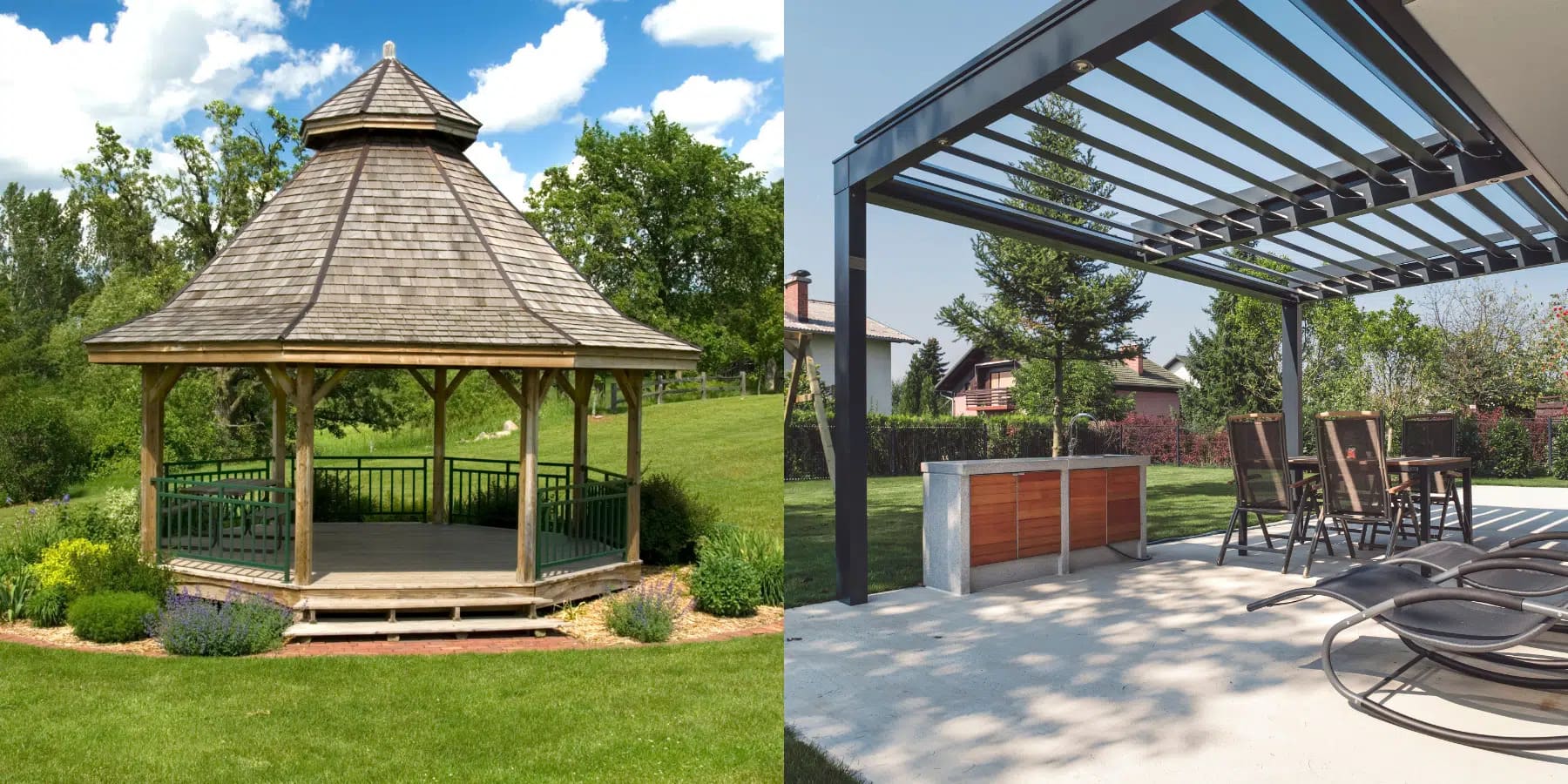
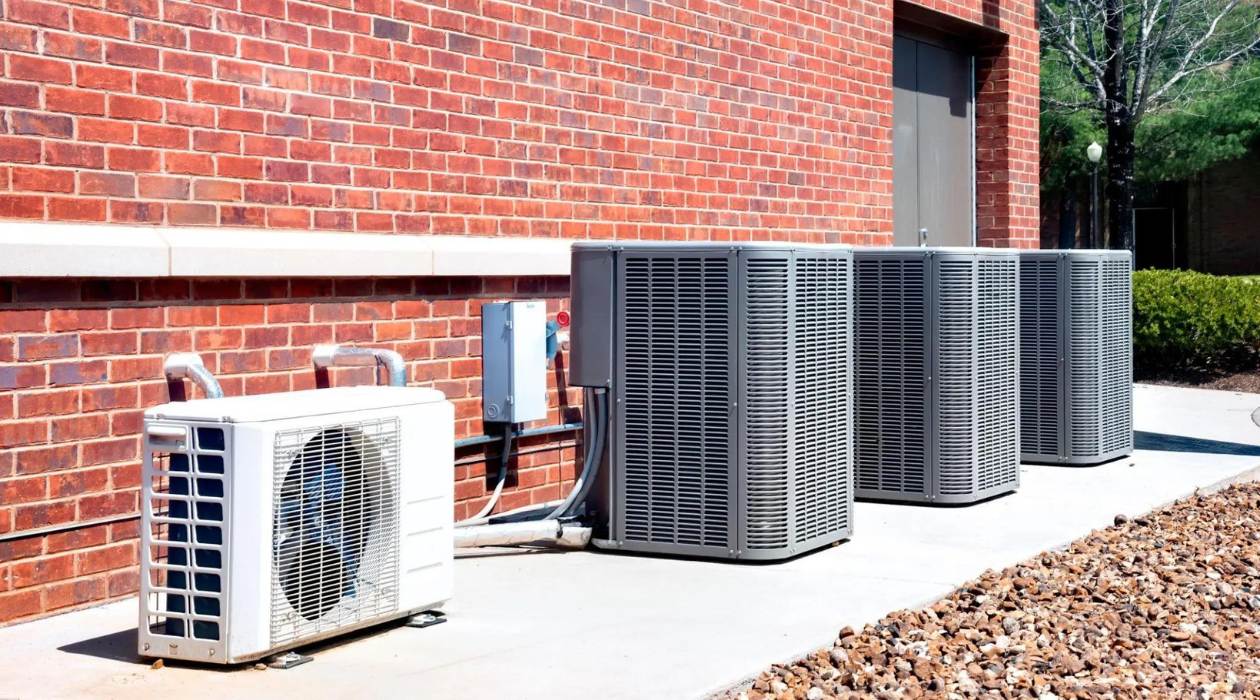

0 thoughts on “What Is The Difference Between A Lanai And A Patio”